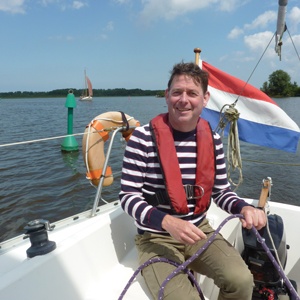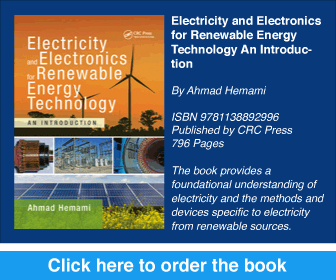 Policy divergence deepens between USA and Europe in wind energy development
Policy divergence deepens between USA and Europe in wind energy development
At the 2025 Cleanpower show in Phoenix, Arizona, USA the mood was cautiously optimistic following the announcement that the Empire Wind 1 project could resume construction. The U.S. Department of the Interior had issued a stop-work order just weeks earlier, raising fears that further delays might follow. However, despite this reprieve, the industry remains unsettled by the broader policy direction under the Trump Administration.
The Administration has already paused new offshore wind permits and initiated reviews of existing projects. Now, legislation backed by the president threatens the sector with significant financial penalties. While the most severe measures were removed (additional taxes for wind and solar projects), the final Senate bill still shortens the lifespan of wind and solar tax credits, previously extended through 2032. Under the new law, projects must begin construction by mid-2026 or enter operation by 2027 to qualify, reducing planning flexibility and threatening project pipelines.
The American Clean Power Association has warned that these changes will increase costs, reduce grid reliability and stall progress in clean energy manufacturing. A report from the Center for Climate and Energy Solutions estimates that the changes could result in 1.6 million lost jobs, a US$ 290 billion drop in gross domestic product, and a 4% increase in per-MW energy costs.
This comes at a time when demand is soaring. Electricity use in the USA is forecast to rise by up to 50% by 2040, driven by data centre expansion and electrification. Clean energy already accounts for 320GW of capacity, and in 2024, 93% of new capacity came from wind, solar and storage. However, continued policy instability has led developers such as RWE to pause offshore wind activities in the USA, citing higher risks and unclear returns.
Across the Atlantic, the European Commission has proposed a new 2040 climate target – a 90% reduction in greenhouse gas emissions compared with 1990 levels. The goal is part of a legally binding path towards climate neutrality by 2050 and is designed to offer investment visibility and reduce reliance on fossil fuels.
To meet this target, the European Union (EU) will need to triple its current pace of wind energy deployment. In 2024, just 13GW of new wind was installed, well below the 30GW annual rate required to meet 2030 milestones. The Commission is urging national governments to act swiftly in four areas: permitting, grid expansion, electrification, and auction design.
Germany has already demonstrated what is possible. By implementing the revised Renewable Energy Directive (REDIII), it permitted over 14GW of new onshore wind in 2024, seven times more than five years earlier.
Grid modernisation is another priority. Improved interconnection and lower curtailment costs are essential for integrating variable renewables and meeting the 2040 target. Governments are also being encouraged to remove barriers to electrification through smarter taxation and targeted incentives.
Finally, a robust auction system is seen as key to de-risking investments. The wind industry is calling for a commitment to auction 100GW of offshore wind via contract for difference mechanisms between 2031 and 2040. This would help reduce costs and ensure predictable revenue for developers.
The contrast between the USA and Europe is becoming more pronounced. In the USA, federal policy is pulling back from previous commitments, creating uncertainty and deterring investment. Clean energy businesses face shortened tax timelines and riskier development conditions under the current administration. Europe, in contrast, is working to provide a stable and legally anchored policy framework. While the EU still faces practical hurdles, especially around permitting and grid capacity, the long-term direction is clear – expanding renewables is central to its economic and climate goals.
With global competition intensifying, these differing approaches may define the pace and scale of future wind energy development on both sides of the Atlantic.
Enjoy reading,
Floris Siteur
Publisher/Editor-in-Chief










